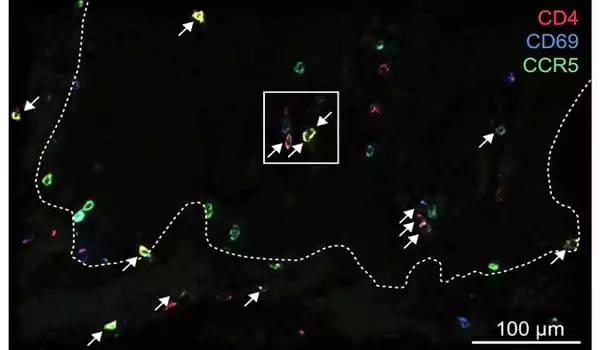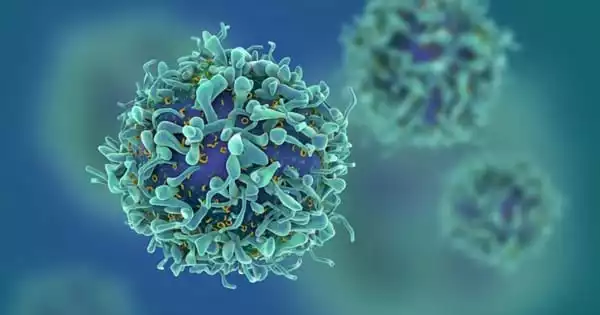Scientists back a novel theory that the innate immune system reacts differently to different pathogens. Previously, only the adaptive immune system possessed this characteristic, known as immunological specificity. The study suggests that the nervous system is responsible for this innate immune specificity and identifies a neuronal protein as a critical link in the process.
The findings show early promise for the treatment of innate immune conditions, and they may also serve as the foundation for fine-tuning an experimental treatment that uses the nervous system to fight infection. The latter is especially significant given the rapid rise in antibiotic-resistant superbug infections.
Washington State University scientists conducted research that supports a novel theory that the innate immune system that people are born with can respond differently to specific pathogens. This characteristic, known as immunological specificity, was previously only associated with the adaptive immune system, which develops over time as a result of disease exposure.
What we discovered is that NMUR-1 regulates transcription factors, which regulate the transcription of distinct innate immune genes in response to different pathogens.
Yiyong Liu
The study, published in the journal Cell Reports, suggests that the nervous system drives innate immune specificity and identifies a neuronal protein as a critical link in the process. These findings, based on an animal model, show early promise for the treatment of conditions such as sepsis, arthritis, and inflammatory bowel disease, in which the innate immune system attacks the body and causes uncontrolled inflammation. They could also provide the basis for finetuning an experimental treatment that harnesses the nervous system to fight infection.
“Clinical studies have shown that electrically or pharmacologically stimulating impaired neural circuits can cure or alleviate many innate immune diseases,” said Jingru Sun, co-senior author on the study and an associate professor in the WSU Elson S. Floyd College of Medicine. “By understanding how the innate immune system generates a specific response to a specific pathogen, we can manipulate neural circuits to adjust the intensity of the immune response as needed.”
This would essentially help restore balance to the immune system, either by reducing an excessive response that can cause prolonged inflammation, tissue damage, and even death, or by boosting an insufficient response to prevent an infection from worsening. Sun believes the latter is especially significant because the “post-antibiotic era” is rapidly approaching, when existing antibiotics will be rendered useless in the fight against drug-resistant superbugs.

The study was carried out on Caenorhabditis elegans (C. elegans), a tiny worm that feeds on bacteria in soil. C. elegans is a popular model animal for studying the neural regulation of innate immunity due to its simple nervous system (only 302 well-identified neurons compared to 86 billion neurons in the human brain) and transparent body, which allows scientists to see how different genes are expressed. Furthermore, C. elegans, unlike humans, lacks an adaptive immune system, allowing researchers to study the specificity of its innate immune system without interference from adaptive immune responses.
The WSU team discovered that the absence of a neuronal receptor protein known as NMUR-1 had varying effects on the survival of C. elegans when exposed to different bacterial pathogens, indicating that NMUR-1 may mediate the specificity of the innate immune response to infection. Further testing with two bacteria that had opposite effects on survival (i.e., longer and shorter lifespan) confirmed that NMUR-1 drives innate immune specificity and also revealed how the protein drives different responses to different pathogens.
“What we discovered is that NMUR-1 regulates transcription factors, which regulate the transcription of distinct innate immune genes in response to different pathogens,” said co-senior author Yiyong Liu, an assistant professor in the WSU Elson S. Floyd College of Medicine and director of the university’s Genomics Service Center.
The next steps in this research, according to first author Phillip Wibisono, a WSU graduate student, are to identify which neural circuits NMUR-1 is a part of and then treat those neural circuits to see how that affects the immune response to different pathogens. If they are successful, their work will be closer to potential applications in human treatment.















